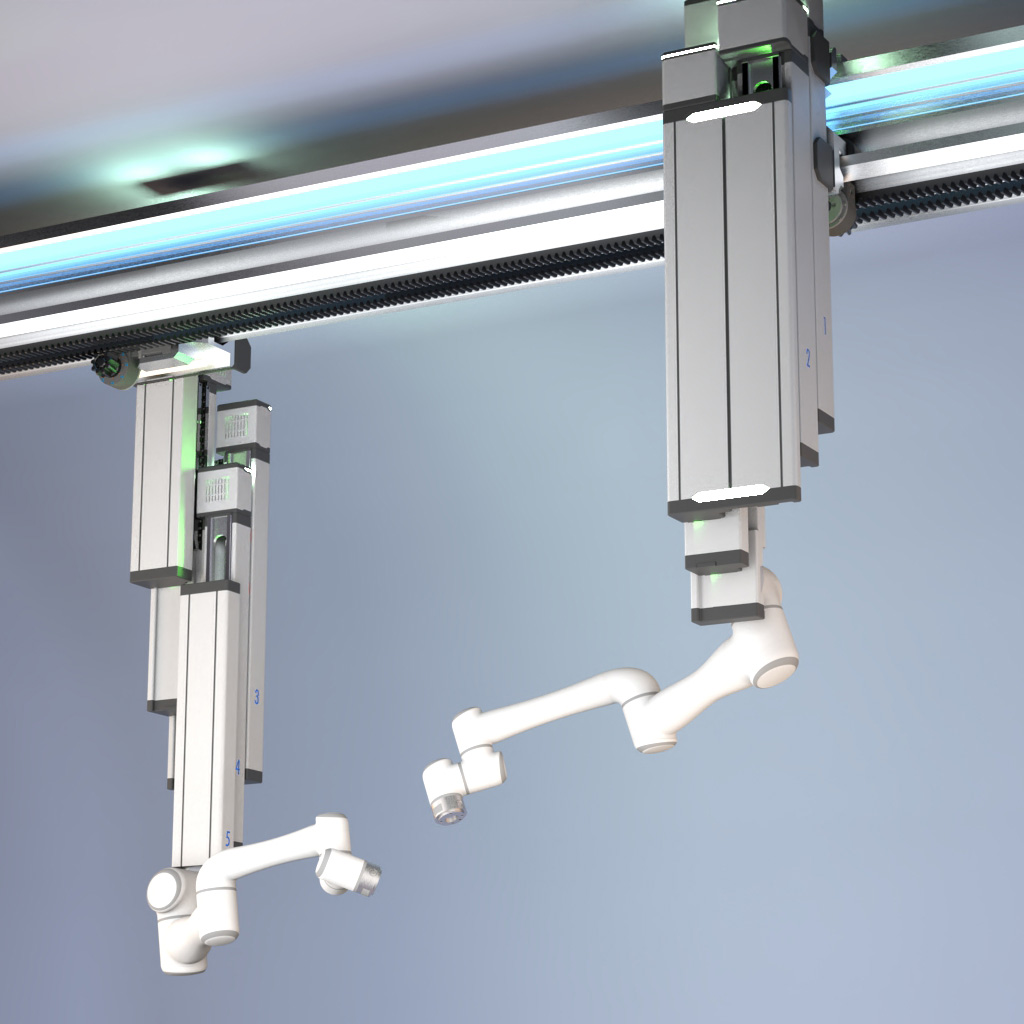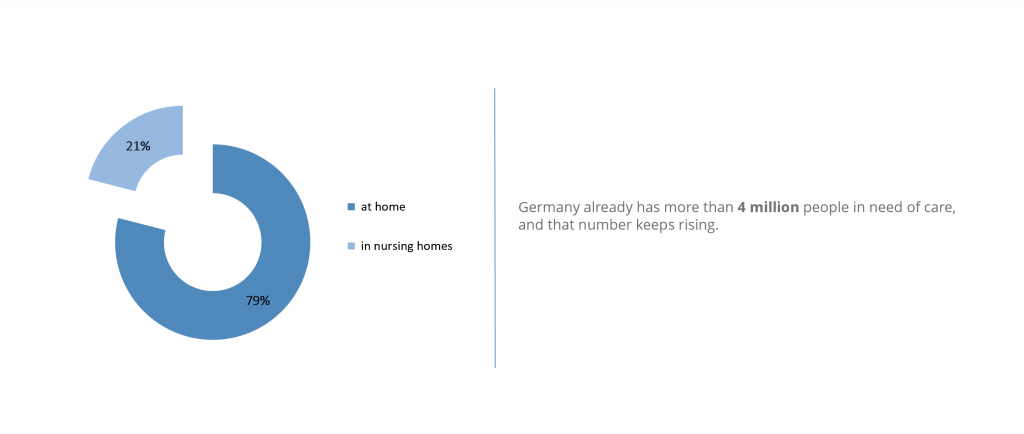Cost reduction and improve the productivity of HR in healthcare sector through AI and robotics
As we know, Germany’s aging population is one of the most important challenges. Germany has a population of more than 84 million. More than 18 million people in this country are aged 65 and over. One out of three people over the age of 65 lives alone in this country. Germany already has more than 4 million people in need of care, and that number keeps rising. More than 800 thousand older People live currently in nursing homes.
Two of the most pressing challenges facing Germany
Robotics solution
We believe Robotics and AI Solutions can solve these problems. Robots can help the people in need of care, also housekeepers and nurses in nursing homes.
Studies of service sector robots show that “robot adoption increases, rather than decreases, the number of care workers and nurses, by primarily adding non-regular jobs. Employment contracts for non-regular workers often are temporary and flexible, offering fewer benefits than those enjoyed by regular employees. These studies have also shown that robot adoption reduces the monthly wages of regular nurses. This study surmises that this may be attributable to the reduction of care burden during night shifts, since monitoring robots may reduce frequent night-time rounds to monitor residents’ well-being and night shift hours. Additionally, adoption of monitoring robots might have promoted part-time hours by regular nurses.”
These studies have shown that “ the impact of robots may not be detrimental to labor and may remedy challenges posed by rapidly aging populations”
According to data collected from https://www.sciencedirect.com, “In recent years, artificial intelligence (AI) has begun to reshape the global landscape of LTC. AI refers to systems that analyse their environments and take actions to achieve specific goals with a degree of autonomy. AI can be based in software systems and act in virtual spaces (eg, conversational agents, facial recognition systems), or be based in hardware and act in physical environments (eg, robots).”
According to studies in recent years in the field of artificial intelligence and robotics, we can see that the most pressing challenges in nursing homes can be solved with the help of AI and robotics.

